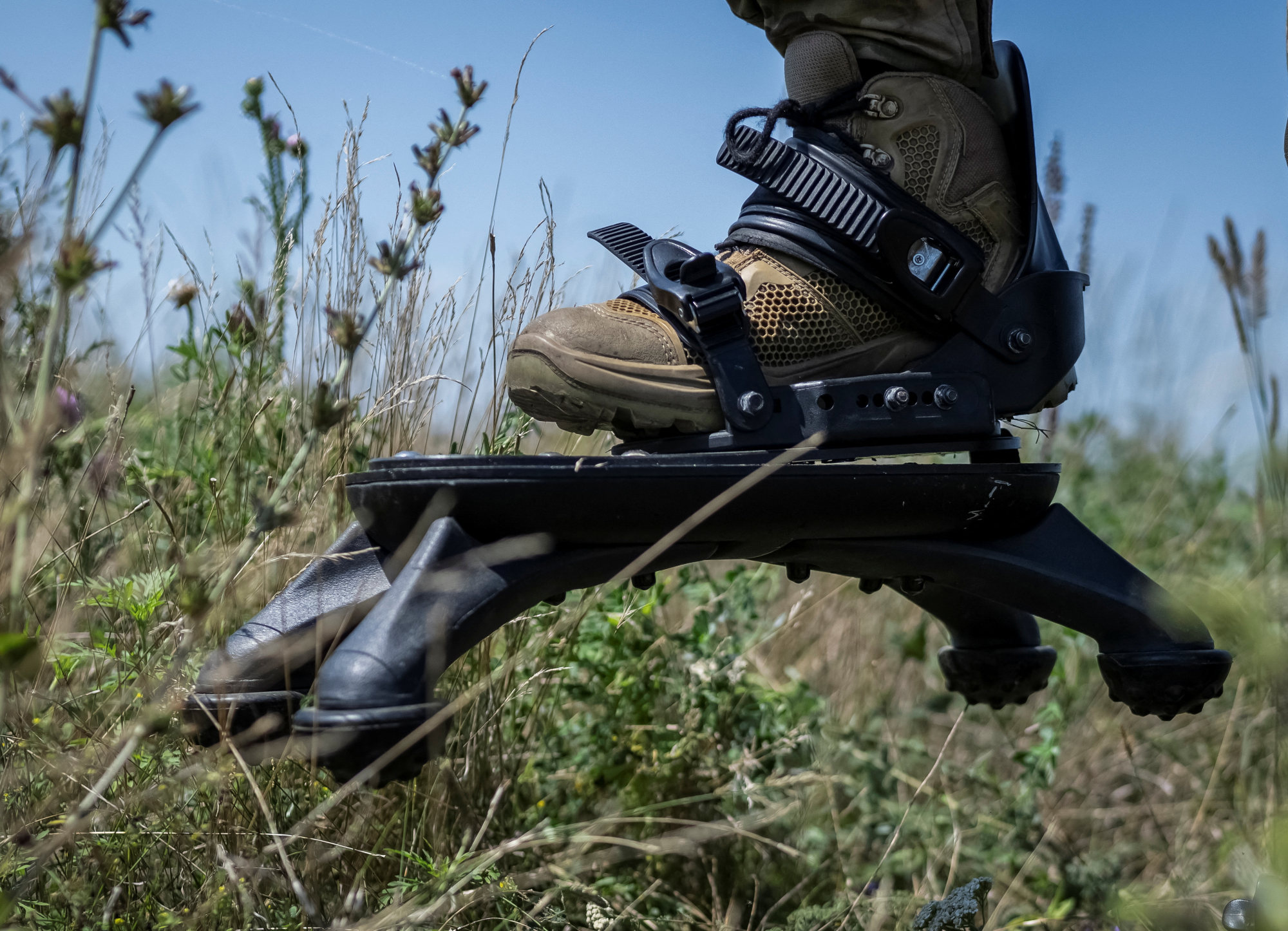
Ukraine’s mine-clearers have the war’s most dangerous job: ‘we lose one every day’
- Mine-clearers, or sappers, face deadly risk as they try to make the ground safe, first for fellow soldiers to advance, and eventually for civilians to go home
- Russian troops have sown landmines across hundreds of miles of Ukraine’s front; Kyiv cites this as the main reason their counteroffensive has slowed to a crawl
When they found the bodies of Russian troops at an abandoned position, something about the corpses looked wrong.
“There were three or four of their dead. Two guys were lying on each other, which made us suspicious, because if there had been an explosion they would have been thrown in different directions, but here, one is lying on the other,” said Volodymyr, a 47-year-old sapper with possibly the most dangerous job in Ukraine: clearing landmines at the front.
“We did well by not touching them, because when we reached there with a ‘kitten’, we saw that under them was a PM mine,” he said.
The kitten is a folding steel hook that sappers use to dislodge booby traps, nicknamed for its retractable tongs that spring out like cat’s claws. The PM is a Soviet-era anti-personnel mine.

“It exploded and blew up both of them, but we stayed safe, thank God.”
Occupying Russian troops have sown landmines and booby traps across hundreds of miles of Ukraine’s front, a tactic that Kyiv’s commanders describe as the primary reason why their long-awaited summer counteroffensive has slowed to a crawl.
For mine-clearers like Volodymyr, every day brings deadly risk, trying to make the ground safe, first for their fellow soldiers to advance, and eventually for civilians to go home.
“We lose one sapper every day, either wounded or dead. It’s a dangerous job. And whether a whole brigade is advancing or around 12 guys go out on their mission, it’s always the sappers that go first. It’s very dangerous,” he said.
The Russians “mine everything. Open doors, boxes and crates, even toys”, he said.
Even their own dead: “They know that our medevac groups lift the wounded and the dead, under which they then find these explosives. And this is very dangerous for us.”
Landmines inflicted a colossal toll in the first month of the counteroffensive launched in June, said Oleksandr, an anaesthesiologist with the 128 Brigade who treats battlefield wounds at a front-line field hospital.
Since the mines forced commanders to slow the advance, the number of wounded arriving at his hospital has tapered off markedly. But the sappers are still getting killed.
“In this direction, the area is heavily mined and that’s why it is being overcome so slowly,” he said.
Ukraine’s factories have tooled up to make equipment to help keep the sappers safer.
In addition to the “kitten” hooks, Volodymyr’s unit has been sent “spider boots”, which lift each foot off the ground on four metal legs, so any blast they set off will not be triggered directly under a sapper’s body.
They are made by Ihor Iefymenko at a factory in Kharkiv, based on a modified Canadian prototype. He told Reuters he pitched the idea to the emergency services after a relative lost a toe to a butterfly mine.

Oleksandr, the doctor treating sappers at the front, knows the danger won’t end soon.
“There are definitely not enough sappers, and given the intensity of the mining, even after the war the sappers will be one of the main professions,” he said.
“We would have liked just to wake up one day as if it were a nightmare, a bad dream, and we just shrugged it off, washed with cold water and all of it remained somewhere behind. But this is the reality.”

